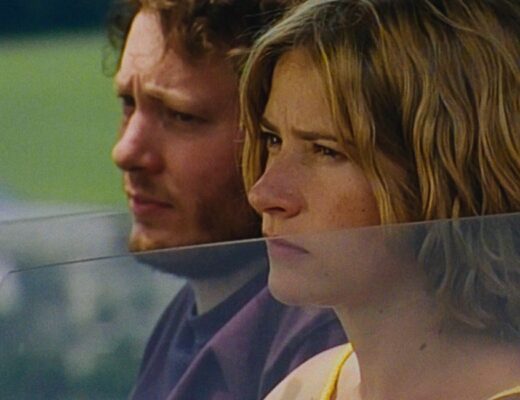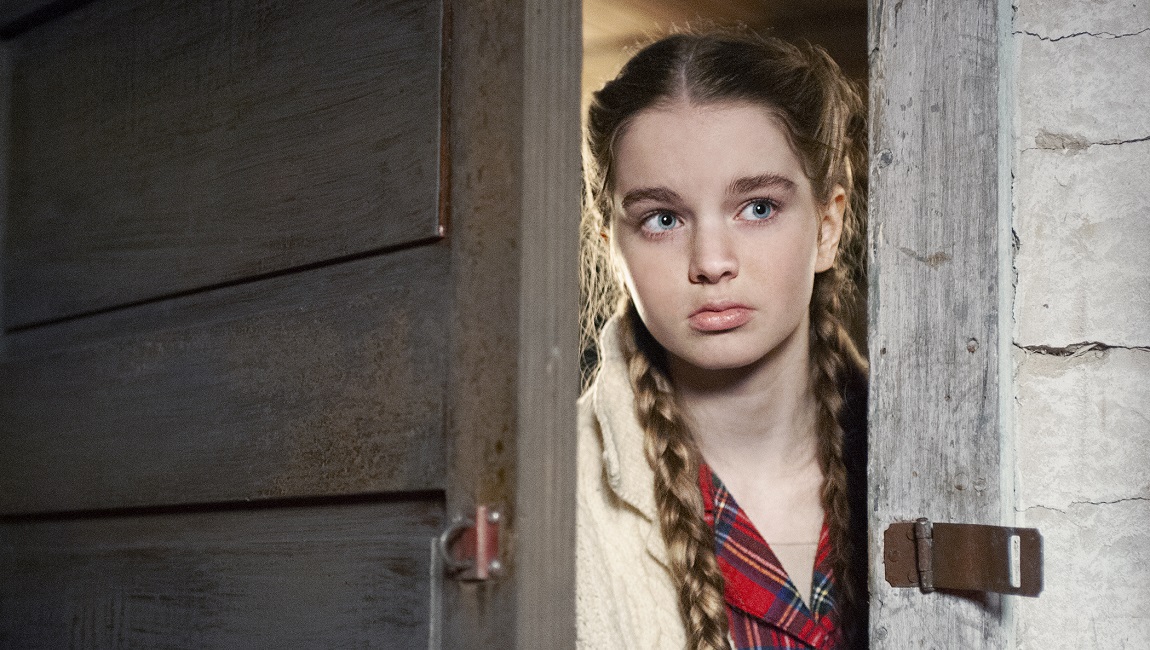Hatching is an intelligent, visceral film that avoids metaphor-heavy horror pitfalls and delivers an impressive creature feature.
The coming-of-age horror film is a staple with good reason: its visceral terrors serve as neat stand-ins for fraught adolescent emotions while the turmoil of puberty manifests as the monstrous grotesque. This latter bit forms such effective imagery that it sometimes jumps from the genre altogether, like Pixar’s Turning Red which finds its young heroine morphing into an out-of-control albeit somehow still adorable red panda. Writer/director Domee Shi’s family-friendly animated feature delivers this metaphor with great texture and polish, but her film — sanitized under Disney’s watchful eye — ends up more safe and predictable than its raucous premise suggests. The exact opposite is true for Hanna Bergholm’s Hatching, whose coming-of-age nightmare compensates for its ramshackle build with an exuberant, go-for-broke gutsiness. A good amount of credit for this propellent weirdness has to go to screenwriter Ilja Rautsi, whose filmography brandishes an irreverent feminist snarl upfront with titles like Helsinki Mansplaining Masscare and Night of the Living Dicks. In interviews, however, Rautsi reveals that the original script was written about a boy, and that it took Bergholm’s push to shift it toward its final feminine form. The result is a scrappy, queasy, and uncomfortable creature feature centered on girlhood, and peppered with just enough inventiveness and poignancy to stand out.
We are first introduced to Tinja (Siiri Solalinna), the young girl at the heart of the narrative, via her mother’s (Sophia Heikkilä) pristine video blog entitled “Lovely Everyday Life.” In one of Hatching’s weakest elements, we are subjected to a tepid social media satire, as Tinja’s mother attempts to project her perfect nuclear family out to her followers, meticulously choreographing husband, daughter, and son in her suburban dollhouse. It’s likely this American Beauty-era commentary wouldn’t feel as dated were the film not releasing so close to Jane Schoenbrun’s masterful, of-the-moment exploration of terminally online youth in We’re All Going to the World’s Fair. Thankfully, though, the mother’s fondness for manicured perfection and cliched social media obsession is quickly disrupted by one of Hatching’s strongest elements, a type of bonkers fairy tale oddness that swerves in different directions and starts with a bird crashing into the family’s living room and later that night having Tinja walk a misty forest dreamscape to find its mysterious egg. While the common thematic arcs and outlines of the coming-of-age horror films previously alluded to are all here, one of the joys is watching the details of how Hatching‘s off-kilter decision-making moves toward their general direction.
Rather than the more classic setup of metamorphosis, Tinja’s subsequent turbulent adolescence is instead transferred onto this egg, which, growing larger and larger each night, delivers on the film’s title. Without giving away too much, there are some fantastic practical effects and animatronics at work, and a handful of bold sequences that touch on some nervy symbolic ideas. Particularly resonant is Tinja’s compulsion to regurgitate her food in order to nourish her newfound companion, at once piercing and beautiful as metaphor for an eating disorder and one of the sharpest bits of the script, as well as a motif that is presented so bluntly that it caused some people to walk out of the theater during the screening. Bergholm’s respect for the genre, a reverence for schlock, and a pull toward visceral imagery — a decapitated animal or clumps of matted hair coated in ooze — keeps the film from tripping over the pitfalls of somnambulant aesthetic-obsessed “elevated horror” trends. And so, as the film churns toward its inevitable conclusion of a mother-daughter showdown, a lot is thrown against the wall in terms of style and substance, with Bergholm and Rautsi leaving a good bit for the audience to chew on. You just have to have the stomach for it.







